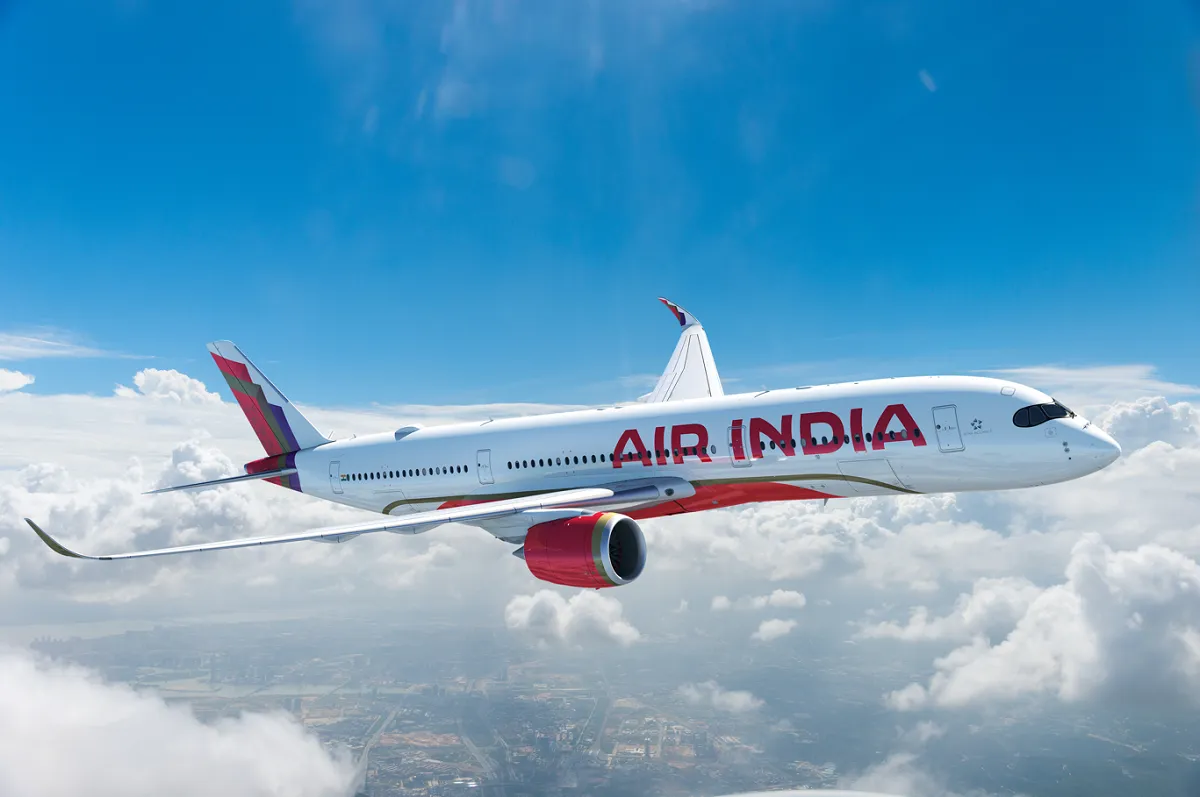Business News
Air India plans more premium seats; falling rupee puts pressure on airline's profitability: Official
.png)
3 min read | Updated on January 13, 2025, 11:23 IST
SUMMARY
Air India is grappling with rising costs and profitability challenges as the Indian rupee hits a record low of 86.31 against the US dollar.

Air India Group operates 1,168 daily flights, including 313 services to international destinations.
The Indian rupee’s slide to a record low against the US dollar is tightening the cost structure and profitability of Air India, but the airline is leveraging its international operations to offset some of the impact, a senior company official said.
"Falling rupee does put pressure on our cost structure because most of our cost is dollarised barring the manpower cost which is in local currency," Chief Commercial Officer Nipun Aggarwal said at a media briefing last week.
"The more the rupee falls, the more the pressure it puts on our cost structure, on our profitability."
Indian rupee has been on a decline and touched a record low of 86.31 against the US dollar on January 13.
Aggarwal said Air India’s extensive international footprint offers a partial hedge since tickets for overseas flights are priced in foreign currencies.
“We are able to pass on some of that impact to our customers because we are pricing in dollars or whatever currency is there,” he noted, adding that pricing flexibility is limited by competitive pressures and demand sensitivity.
"We do have to fill the aircraft and if we had so much pricing power, the airline industry's profitability would not be what it is today. This makes it very challenging for us to operate... it (falling rupee) will put pressure on our cost structure, impact profitability and demand," he said.
Air India, part of the Tata Group, is in the middle of an ambitious transformation plan to revamp its fleet, network, and passenger experience. The airline currently operates 202 aircraft, including 67 wide-body planes, and has started retrofitting its fleet to enhance premium offerings.
By mid-2025, all narrow-body planes will feature three-class configurations—economy, premium economy, and business.
The airline also plans to increase the number of business and premium economy seats in its wide-body aircraft. The retrofit of wide-body planes, starting with Boeing 787s, will commence this year while the retrofit of 27 legacy Airbus 320 neos is expected to be completed by the middle of 2025.
The airline is realigning its network to reduce route overlap and improve connecting traffic.
"We are realigning the network and clearly segregating the market where Air India and Air India Express will operate. This is a continuous exercise... it is based on market dynamics... we will continue to deploy capacities from both the airlines in the best possible way," Aggarwal said.
Despite progress, legacy aircraft in Air India’s fleet, such as the Boeing 777s, have been prone to delays and cancellations, particularly on ultra-long-haul flights.
Acknowledging the issues, Aggarwal said the airline has kept more buffer than earlier.
Air India has 27 Boeing 777 aircraft, including 16 legacy ones.
"We are watching every month and as and when we are confident about the aircraft performance, we will utilise them more. Till the time we have that confidence, we are keeping some buffer in the deployment so that if the aircraft goes down, we have alternatives available with us with which we can still maintain the flight," he noted. _ With PTI inputs_
About The Author
Next Story

